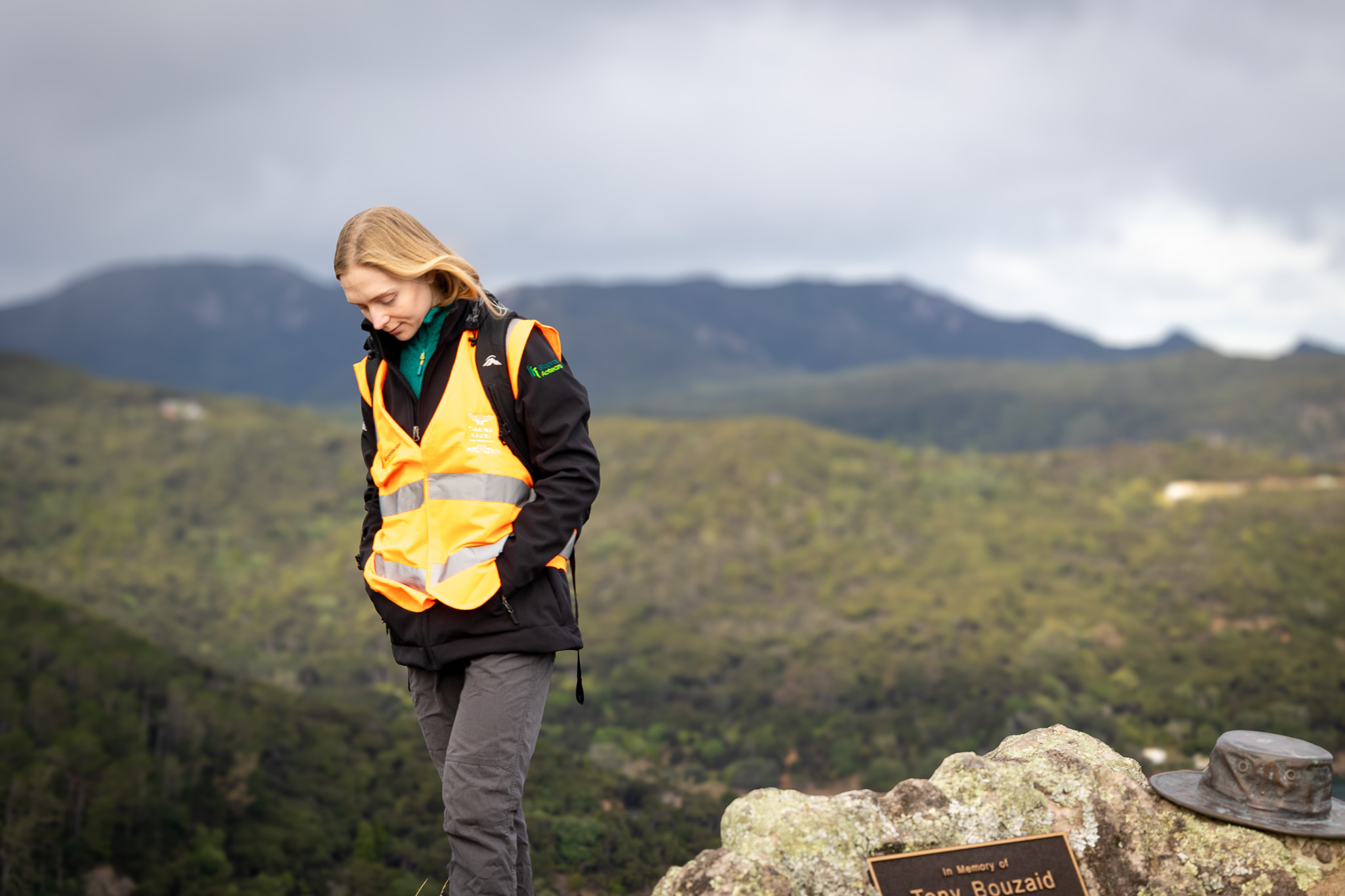8 August 2024

Postdoctoral Fellow Dr Alexa Byers
Greater biodiversity above ground is widely considered the key to healthy landscapes, but does this presumption hold up beneath our feet? Postdoctoral Fellow Dr Alexa-Kate Byers (Lincoln University) looked at the diversity of carbon-munching microbes beneath different land uses and what this could mean for carbon storage in the soil.
Our soils act as vital reservoirs for carbon, but when soil microbes break down the organic matter around them, then respire, they release carbon to the atmosphere as a gas.
To investigate the effect of different land uses on these microbes, Alexa and her team sampled the soil beneath five different land uses around Kaituna and Prices Valley in Canterbury.
She says “We really wanted to measure how land use change altered the way in which soil microbes process soil carbon, as this has important implications for long-term soil carbon storage.”
“Microbial ecology is still a relatively new field compared to plant ecology. A lot of the presumptions we make about microbial diversity are based on patterns in the research we’ve done above ground . . . but one of the things I found in this study is that’s not always the case.”
After testing soil below remnant native forest, regenerating native bush, exotic plantation forest, dryland pasture and irrigated pasture, Alexa discovered the diversity of carbon-munching microbes increased proportionally with the disturbance of the land above ground. That means agricultural land uses were associated a greater range of microbial genes.
This isn’t a ‘bad thing’ per se, but it does mean that these soils could store less carbon than those under regenerating or mature native forest.
Alexa says “Agricultural land uses have a huge productive value and are important for food production; this research isn’t about assigning land uses into good or bad categories. But it’s important to be aware of the potential consequences of human activity on the soil”.
“Incorporating more different types of land uses into the same area could allow agriculture and store carbon in the soil at the same time. This would also be beneficial for other values we might have, like cultural or above-ground biodiversity.”
While her sample sites were restricted to Canterbury, Alexa is confident that the results are relevant to land managers throughout the country.
More Information
Read the full, published paper here > Land use intensity is a major driver of soil microbial and carbon cycling across an agricultural landscape
Dive into the details of Alexa’s research on soil carbon here > Enhancing the resilience of soil carbon across agricultural landscapes
